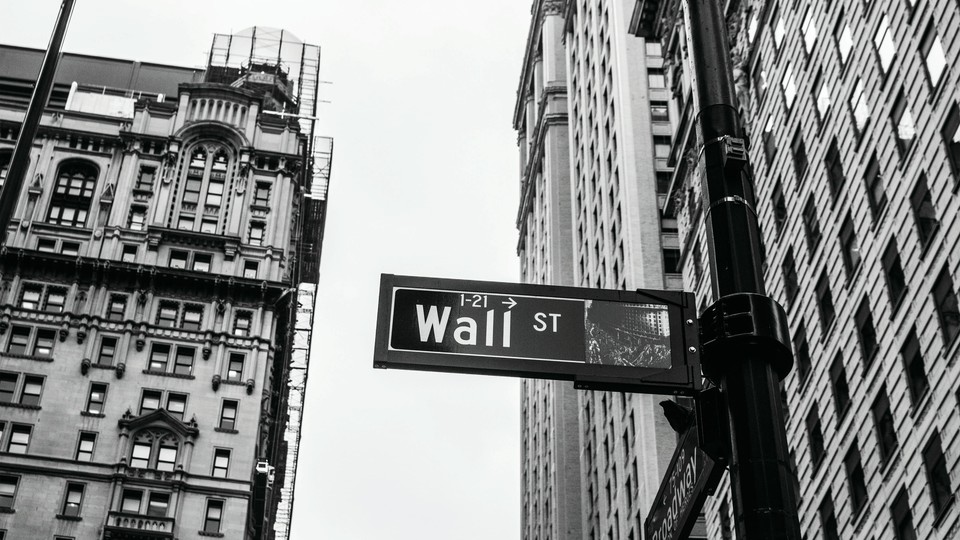
Home Field Advantage
Investors Buy What They Know
Based on research by Gustavo Grullon, George Kanatas and James P. Weston
Investors Buy What They Know
- Advertising doesn’t just reach potential customers. It reaches potential investors.
- Investors have a home bias — they invest in what they know.
- Increasing advertising broadens shareholder base.
In the 2016 Super Bowl, 30 seconds of commercial airtime cost up to $5 million. How did the H. J. Heinz Company spend their expensive time?
With a pack of dachshunds dressed like hot dogs racing in slow motion toward owners dressed like ketchup bottles.
The Heinz “Weiner Stampede” was a viewer favorite, and a fine investment it was. Absurd, yes, but it not only prompted shoppers to remember Heinz at the store – it probably nudged Wall Street investors to buy shares.
Product sales, a team of business school researchers have found, are just one way to measure marketing success.
While most people think of brand recognition simply as a way to reach consumers, there’s another important constituency that responds to familiar names and products: investors.
A study coauthored by finance professors Gustavo Grullon and James P. Weston, and Emeritus Professor George Kanatas, shows that when firms spend more on advertising, they attract significantly more investors. This so-called “home bias” sways individual investors more than it moves institutional investors. But its effect on both is the same: A disproportionate number of investors are drawn to a stock based on familiarity rather than more fundamental information.
“People buy on impulse and on recognition,” Weston explained to Fortune. “With more and more online trading taking place, companies that spend money on big advertising campaigns see this additional benefit from their advertising investment.”
The Rice team’s research was based on a sample of 5,776 firms. Their findings showed that on average a 10 percent increase in advertising expenditures increased the number of independent shareholders by 2.7 percent. Institutional shareholders climbed 0.5 percent.
With more investors, a firm’s shareholder base and liquidity grow. And since a firm’s visibility may increase the breadth of ownership and improve liquidity, it is possible that brand familiarity can also increase a firm’s overall value.
This research has important implications for firms considering the economics of advertising. Old-fashioned marketing — the kind that emphasizes pets, funny slogans, familiar images — influences more than customers. It persuades investors.
Just follow the dachshunds. As the weenie dogs barrel their way across the Heinz commercial, a voice-over tells viewers, "It’s hard to resist great taste.” Whether investing in ketchup or stock shares, buyers agree.
George Kanatas is a Jesse H. Jones Professor Emeritus of Finance
Gustavo Grullon is a Jesse H. Jones Professor of Finance at the Jones Graduate School of Business at Rice University
James P. Weston is a Harmon Whittington professor of finance at the Jones Graduate School of Business at Rice University
To learn more, please see: Grullon, G., Kanatas, G., & Weston, J. P. (2004). Advertising, breadth of ownership, and liquidity. Review of Financial Studies 17(2), 439–461.
Never Miss A Story


